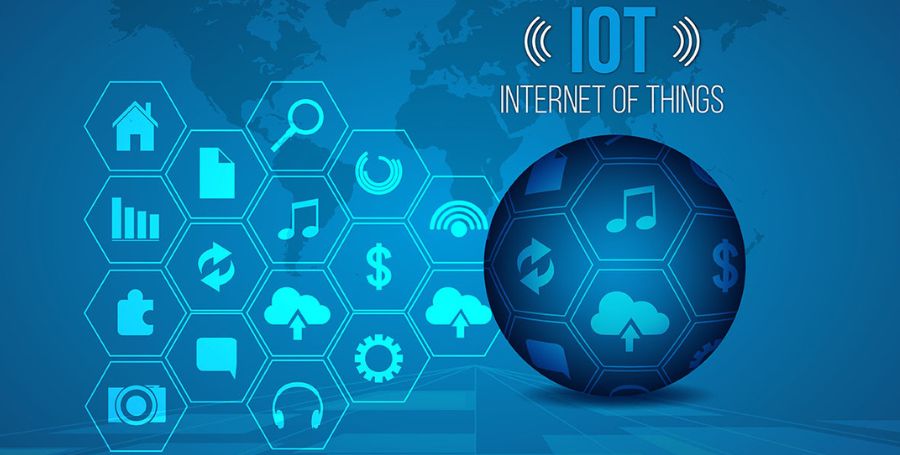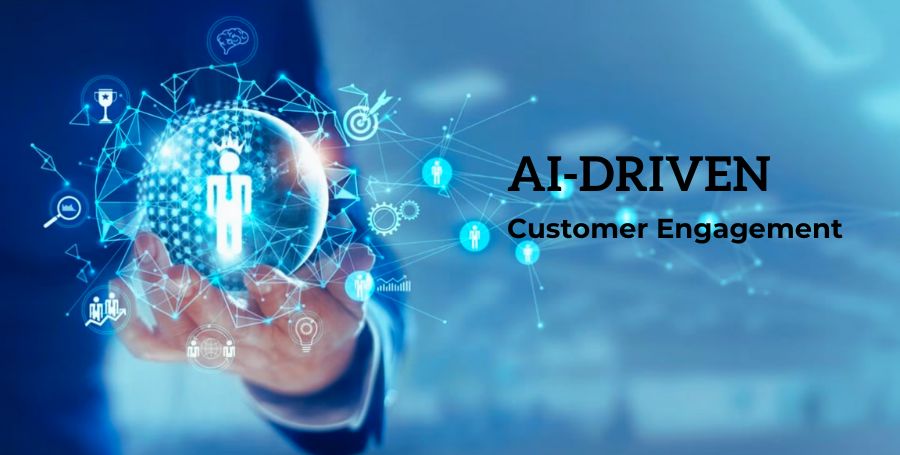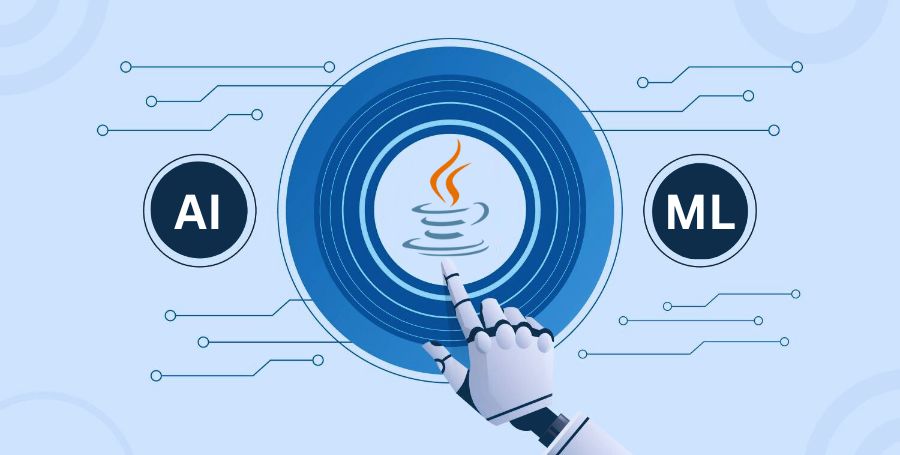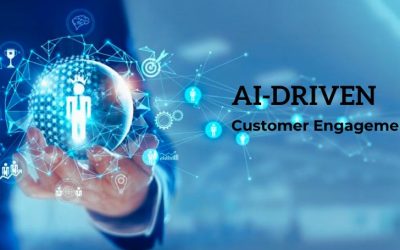Artificial Intelligence and Machine Learning are upsetting how organizations draw in their clients. Associations can accurately observe client opinions and intentions by using generative AI built on an organization’s unique data. We should investigate how these advances are changing client connections:
What Are Chatbots?
Chatbots are computer programs intended to learn and mimic human discussion utilizing AI (artificial intelligence). They assume a critical part in improving business tasks and client collaborations. This is the way chatbots benefit organizations.
Upgraded Client Insights
AI-driven analytics permit organizations to acquire further experience in client conduct. Overwhelmingly of information, organizations can distinguish examples, inclinations, and problem areas. For example, machine learning calculations can predict which items a client is likely to buy based on their past browsing history and collaborations. This knowledge enables organizations to tailor their contributions and showcasing procedures.
Personalized Experiences
By tailoring items, services, and collaborations to individual preferences, AI enables organizations to create exceptional personalized client experiences. This degree of personalization cultivates a more profound association between the client and the brand.
Hyper-personalization is made possible by GenAI. By understanding individual inclinations, organizations can make altered encounters. For example, ML calculations can suggest customized item proposals, content, and advancements. Whether it’s proposing significant items or fitting email crusades, AI guarantees that every collaboration reverberates with the client.
Effective Customer Service
Chatbots and virtual assistants powered by artificial intelligence improve customer service. These clever frameworks can rapidly answer inquiries, resolve issues, and give day-in and day-out help. By automating routine tasks, businesses enable human agents to concentrate on more complex inquiries. In addition, ML algorithms improve their accuracy over time by learning from previous interactions.
Predictive Analytics
Machine learning models can anticipate how customers will act in the future. By examining authentic information, organizations can anticipate beats, identify open doors to upsell potential and improve performance efforts. For instance, AI can predict which clients are likely to leave and proactively attract them with retention processes.
Trust and Data Protection
Trust is vital in client connections. Artificial intelligence is just essentially as great as the information it benefits from. Deficient or repetitive informational indexes can prompt incorrect outcomes and disintegrate client trust. Organizations should guarantee capable information to the executives, guaranteeing clients that their information will not be abused or sold. Straightforwardness about AI utilization fabricates trust and cultivates long-haul connections.
Smarter Decision Maker
AI-driven experiences enable leaders. By joining human dissuading machine precision, organizations can pursue informed decisions. ML models offer helpful direction for optimizing pricing strategies, resource allocation, and supply chain management.
Taking everything into account, AI and ML are reshaping client connections. Organizations that embrace these advances and focus on dealing with data ethically will thrive in the computerized age. As we move forward, the test lies in embracing AI and building trust with clients – a trust that guarantees reliable AI use and improves customer loyalty.
Some Examples of AI and ML Based Chatbots
Here are some AI-controlled chatbots that have had an effect across different ventures:
- Lyro: Lyro is a chatbot intended to improve client experience. It uses AI to give customized cooperation and further develop client satisfaction.
- Kuki: Kuki is a regular chatbot that takes part in relaxed discussions with clients. It’s a great illustration of how AI can make communications more regular and relatable.
- Meena: Meena is an open-domain chatbot created by Google that aims to comprehend context and have meaningful conversations with users.
- BlenderBot: This Facebook chatbot can look through the web, making it a flexible device for data recovery and interaction.
- AI Rose: Rose is an AI framework zeroed in on finding, arranging, and envisioning information. It’s particularly advantageous for tasks that require a lot of information.
- Replika: Replika is an AI companion that gains from your messages and adjusts to your character. It’s like having a virtual companion.
- Eviebot: Eviebot is a companion with emotional understanding from artificial intelligence. It can converse and respond with empathy.
- Tay: Created by Microsoft, Tay was a chatbot for Twitter. Even though it generated controversy due to inappropriate responses, it continues to be a fascinating illustration of AI in social media.
- Vivibot: Vivibot is intended to help disease patients’ mentality. It gives profound help and assists clients with adapting to their challenges.
- Xiaoice: Invented in China. An AI framework given a profound registering system.
AI can be used to enhance user experiences, customer support, and interactions, as demonstrated by these chatbots. AI chatbots are reshaping technology and our interactions with each other in fields ranging from mental health to customer service.
How AI Chatbots are Helpful for Business?
Automating Client Support
- Chatbots handle routine requests, giving day-in and day-out help without human mediation.
- They can respond frequently to clarify issues, guide clients through processes, and investigate common problems.
- Businesses can reduce response times and increase user satisfaction by automating customer service.
Producing Sales Leads and Sales
- Chatbots can draw interested customers through product suggestions based on their search data.
- With their search data, Chatbots understand customers’ preferences and their needs.
- Thus, they increase sales, enhance sales leads, and better marketing products or brands.
Automation of Work
- Automate tiring and time-consuming work processes – thus saving time for more crucial work tasks
- Organizations save money on work costs and further develop in general efficiency.
Enhanced Data on Customers
- Chatbots gather information during the connection, providing valuable insights into client attitudes and trouble spots.
- Organizations can dissect this information to refine their contribution, performance methodology, and item development.
Adaptability and Consistency
- Chatbots handle numerous discussions simultaneously, ensuring versatility as client requests evolve.
- They continue with constant reactions, no matter the time or volume of inquiry.
How Does Business Train Their Chatbots To Be More Accurate?
Some critical actions are needed to encourage chatbots to be more specific. Let’s take a look at some of the successful tactics demonstrated by Generative AI Consulting Company:
- Start by specifying the precise issues that you would like your chatbot to resolve. Start with a specific business issue that the bot will aim to solve instead of a wishlist. This ensures that the bot will help the company effectively.
- Make sure that the use case for your chatbot—for example, tracking order status—aligns with client needs and question traffic.
- Make sure to have clear intentions and a single goal in mind.
- Teach the chatbot to identify the various ways in which people can communicate their needs.
- To learn more about chatbot interactions with people over time, Employee Conversation Analytics.
- Continue to refine the bot through interactions with people in real life. Since complete accuracy is unachievable right out of the box, iterative improvements are crucial.
- Give your chatbot Natural Language Processing (NLP) triggers. These cues consist of user-related words, queries, and expressions.
- Review chatbot exchanges regularly to find areas that could use improvement.
- Look for frequently asked questions by users, misinterpretations, or situations where the bot gave wrong answers.
- Make adjustments to the bot’s performance based on this feedback. Resolve any persistent problems or misunderstandings.
Conclusion
In outline, chatbots improve client experience, mechanize assignments, and add to cost reserve funds. Coordinating chatbots into your business technique can prompt superior effectiveness and better client communications.







